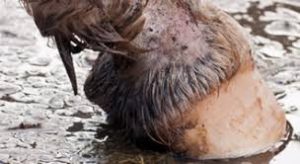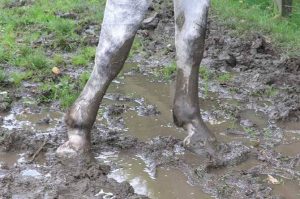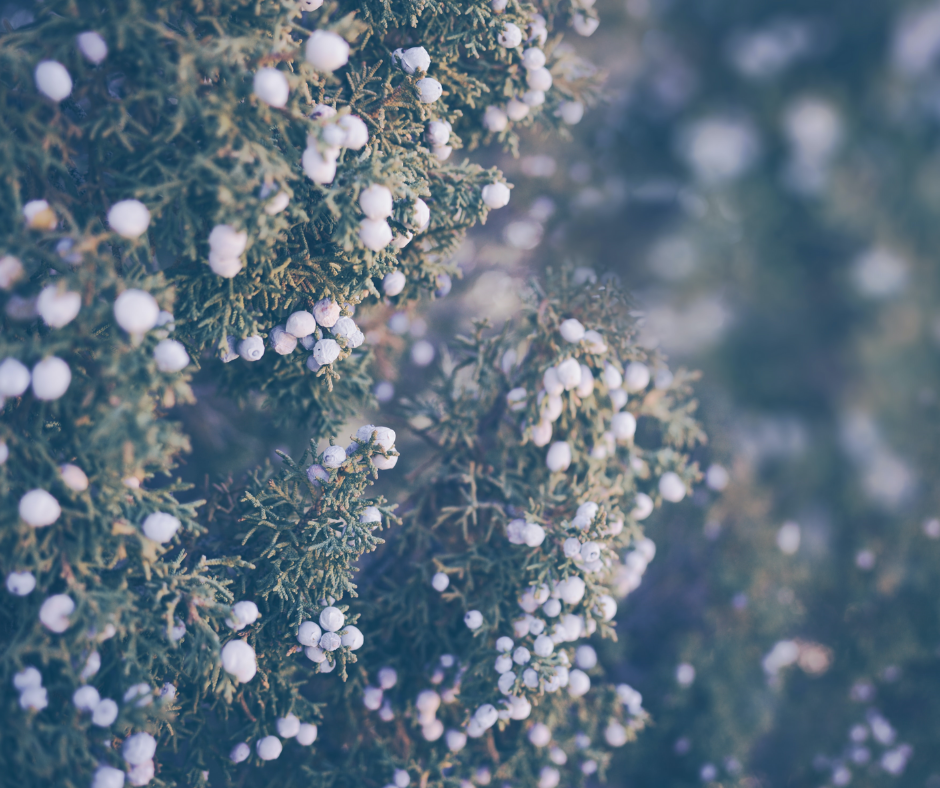Mud Fever
What is it? How is it caused? How can you treat it, and prevent it from happening in the future? Here’s the low down.
What is Mud Fever?

Also known as Pastern Dermatitis, Scratches, Greasy Heel and Cracked Heel, Mud Fever is a skin infection affecting horses, ponies and donkeys. Commonly associated with wet and muddy fields, Mud Fever is most prevalent in the wet and windy winter months, although it can be experienced during other seasons too.
The equine condition is caused by skin surface damage and infection, causing irritation and dermatitis in the lower limbs. Wet conditions cause the skin to soften, and mud and other irritants can rub against this softened skin and cause abrasions, which can then become infected by bacteria, fungal organisms or leg mites.
Symptoms of Mud Fever
Swelling, hair loss and scabs on the heels, around the pastern, and up to the fetlock are common symptoms of Mud Fever, but in extreme

cases, these signs can extend as far as the knee. White and pussy discharge can be released from the infected area, which, if left, will dry and harden into a thick crust harbouring the nasty bacteria. The infected area may or may not be itchy and painful, but in severe cases, it can become hot and cause pain for the horse.
Treatment of Mud Fever
If you suspect your animal has developed Mud Fever a thorough exam of all legs – not just the obviously infected one(s) – is necessary to ensure all infected areas are found and can be treated. Underlying conditions which may have caused the Mud Fever should always be treated. Clipping hair around the legions, especially in heavily feathered horses, will make examining the skin condition easier, as well as aiding the removal of scabs and the speed of drying.
 Scabs, in which bacteria are thought to live, should be removed, but this can be very painful for the horse and so should be done with the utmost care. Soaking the area in warm water helps to loosen the scabs before removal, making it easier for you and less traumatic for your horse. Once removed, the area underneath should be cleaned and thoroughly dried before barrier cream is applied.
Scabs, in which bacteria are thought to live, should be removed, but this can be very painful for the horse and so should be done with the utmost care. Soaking the area in warm water helps to loosen the scabs before removal, making it easier for you and less traumatic for your horse. Once removed, the area underneath should be cleaned and thoroughly dried before barrier cream is applied.
While the skin is healing you should consider stabling your horse to prevent contact with mud and other irritants until the legions have fully healed.
Veterinary intervention is sometimes necessary, and if you are ever unsure about how best to treat your horse don’t hesitate to contact your vet.
How to Prevent Mud Fever
While there is no way to ensure Mud Fever will never prevail, there are certain practices you can follow to reduce the risk of infection. Ensuring legs, and bedding, are clean and dry are key to preventing future bouts of the condition, along with reducing the time your horse spends in wet, muddy fields. Rather than excessive washing, which can soften the skin, mud can be left to dry and brushed off the following day. Waterproof leg wraps and leg bandages are also something to consider.





